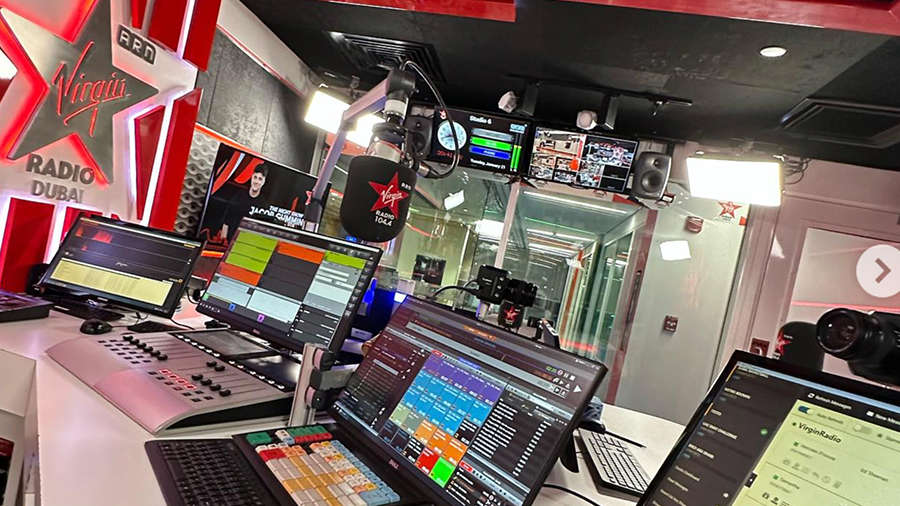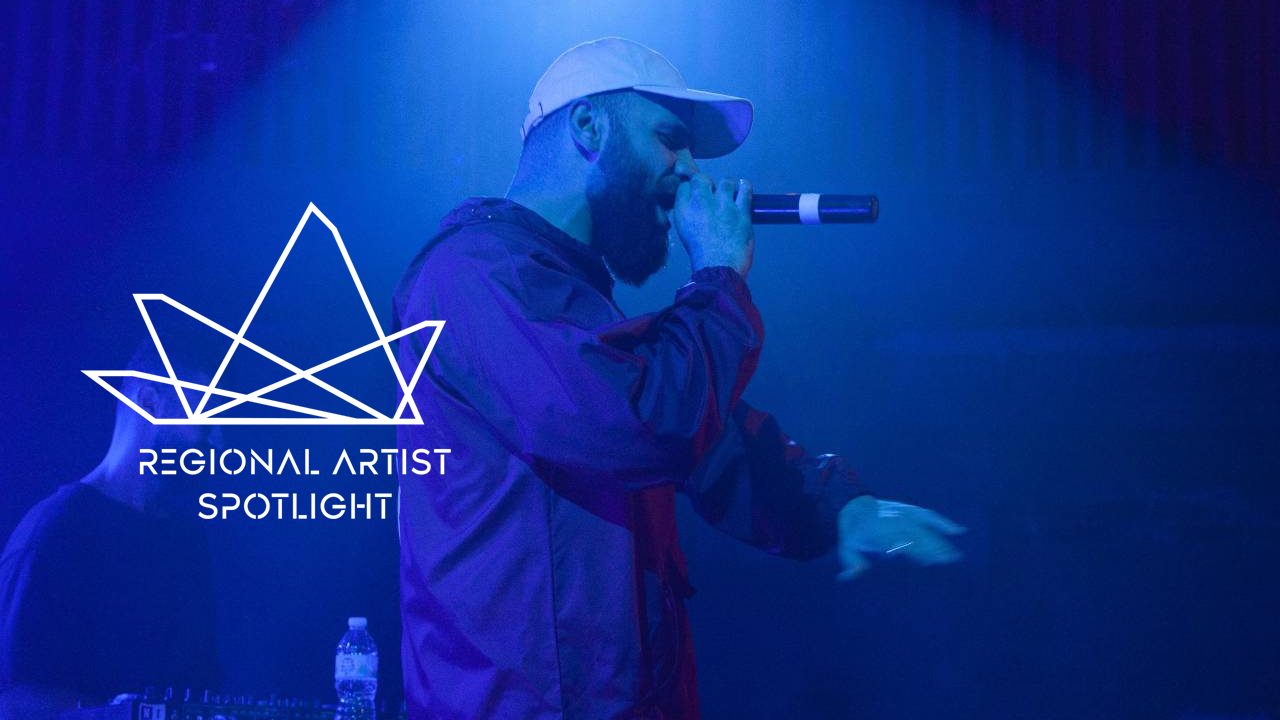
A nanosatellite that is being jointly developed by UAE and Bahrain, will be sent into space on December 21.
Called Light-1, the satellite will monitor and study terrestrial gamma ray flashes from thunderstorms and cumulus clouds.
It is part of an emerging field in geoscientific research that will be launched to the International Space Station
The spacecraft was developed by 23 students, including 14 Emiratis from Khalifa University and New York University Abu Dhabi and nine Bahraini nationals.
The development was a collaboration between the UAE Space Agency and Bahrain's National Space Science Agency (NSSA).
It will be sent onboard a SpaceX, Falcon 9 rocket under supervision from the Japanese Aerospace Space Agency (JAXA).
Light-1’s name was inspired by King Hamad bin Isa Al Khalifa of Bahrain's book, The First Light. The name reportedly symbolises Bahrain's growth and scientific progress.
Bahrain is a member of the Arab Space Cooperation Group, an initiative adopted to promote cooperation on space among Arab countries. It has 14 member states and is headquartered in Abu Dhabi.


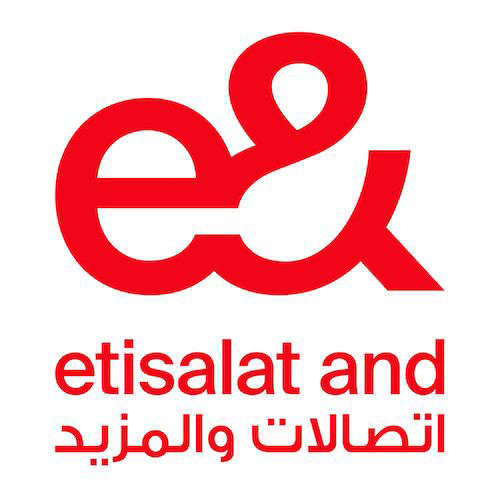

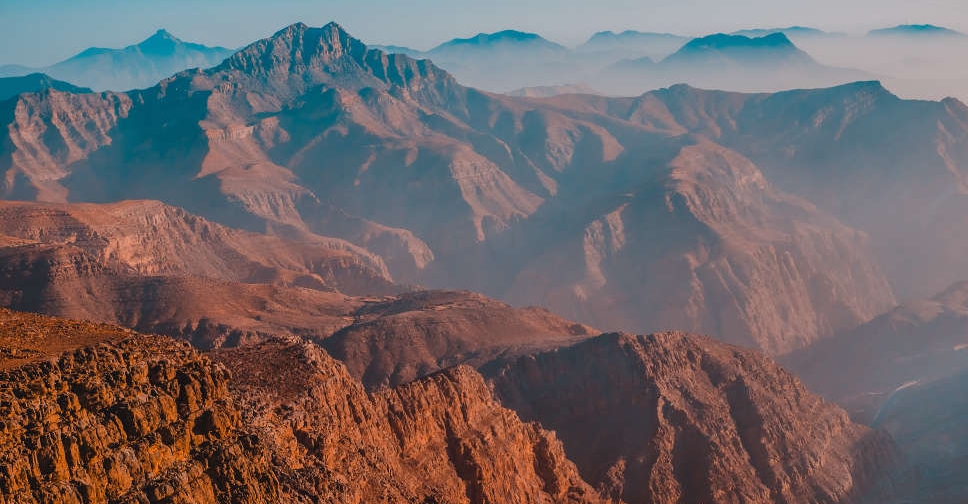 Jebel Jais temporarily closes after recent unstable weather conditions
Jebel Jais temporarily closes after recent unstable weather conditions
 UAE President stresses on Gaza ceasefire with Norway PM
UAE President stresses on Gaza ceasefire with Norway PM
 Dubai unveils region's first integrated recreational vehicle route
Dubai unveils region's first integrated recreational vehicle route
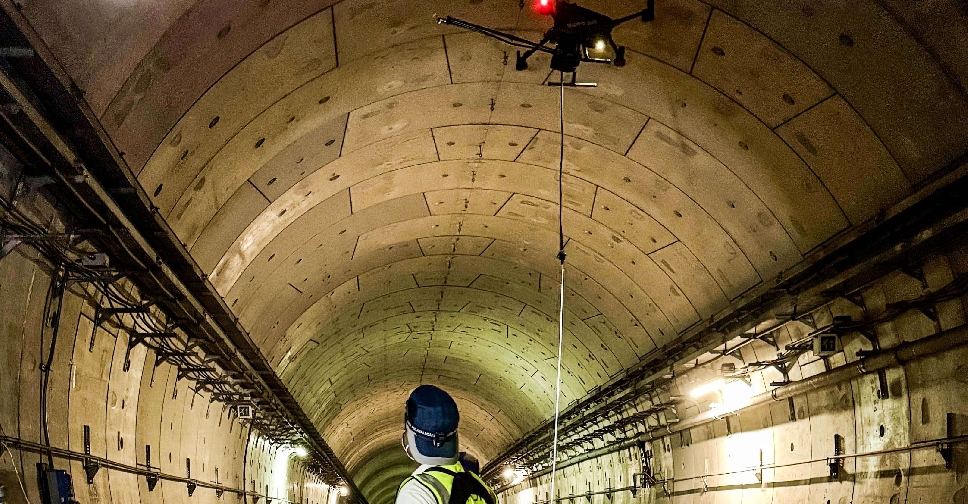 RTA deploys drones to inspect Dubai Metro tunnels
RTA deploys drones to inspect Dubai Metro tunnels
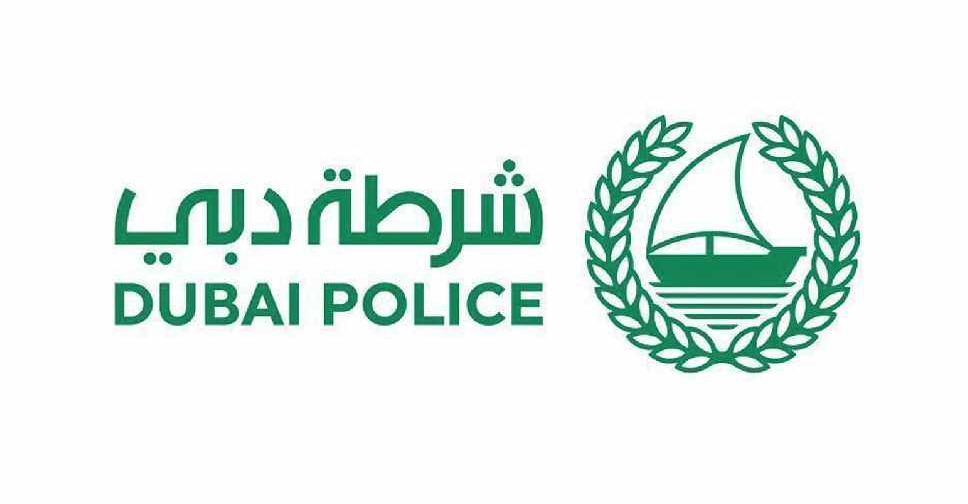 Emergency calls surge amid weather fluctuations in Dubai
Emergency calls surge amid weather fluctuations in Dubai

